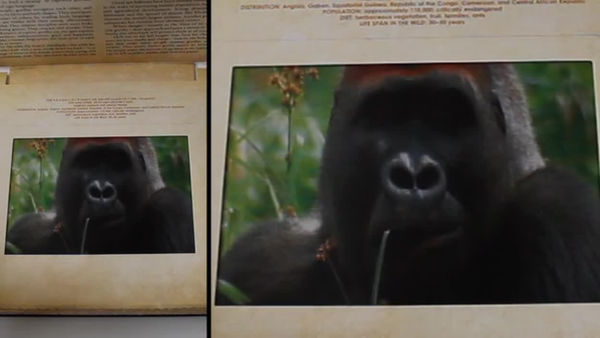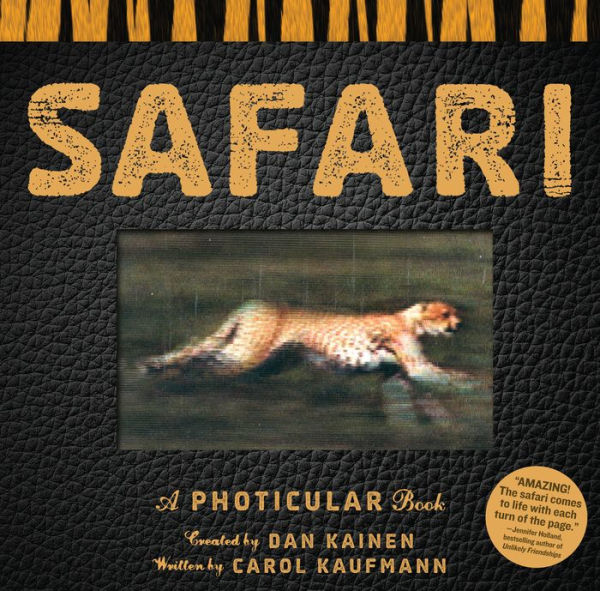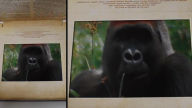Adults may assume nonfiction is just for book reports and reading assignments, but kids have plenty of imaginary friends to play with and, when you’re eight, the real world is still filled with a lot of novelty that needs explaining, so when given the choice kids often prefer reading nonfiction over fiction. Bright, bold photographs, detailed maps, compelling infographics, […]
5
1

Safari: A Photicular Book
32
Safari: A Photicular Book
32Hardcover
$27.00
27.0
In Stock

Product Details
| ISBN-13: | 9780761163800 |
|---|---|
| Publisher: | Workman Publishing Company |
| Publication date: | 10/16/2012 |
| Series: | Photicular |
| Pages: | 32 |
| Sales rank: | 157,257 |
| Product dimensions: | 8.10(w) x 8.30(h) x 2.00(d) |
| Age Range: | 8 - 11 Years |
About the Author
What People are Saying About This
From the B&N Reads Blog
Videos










